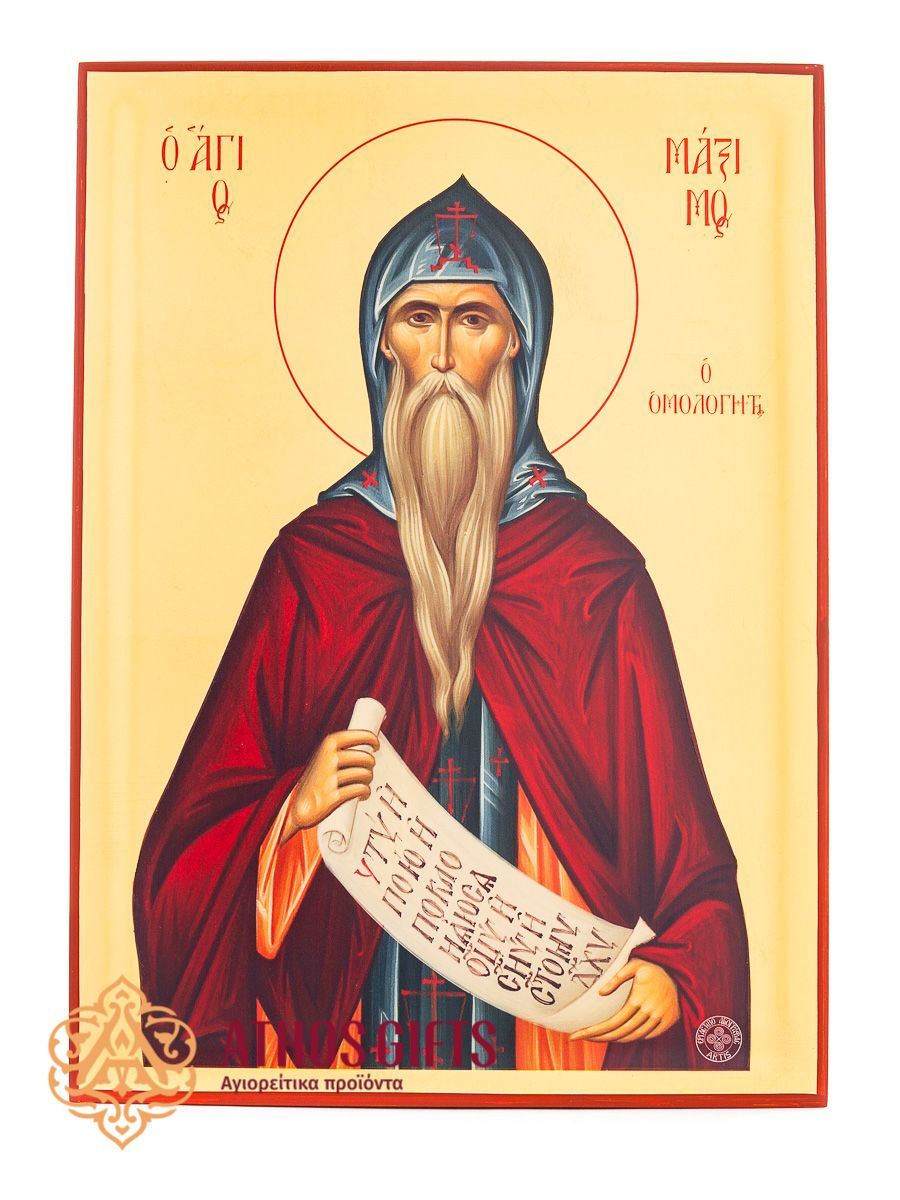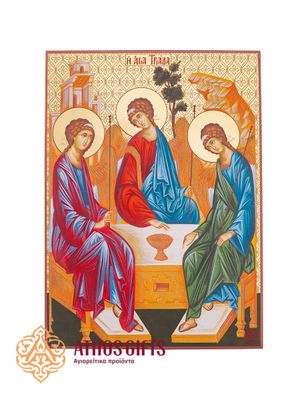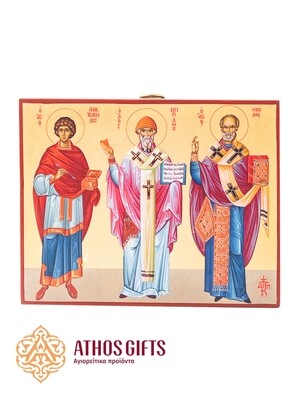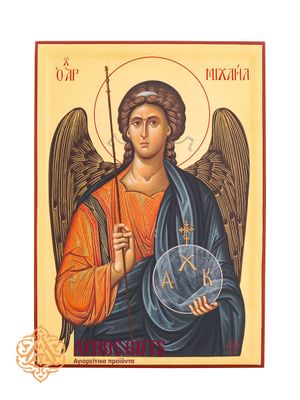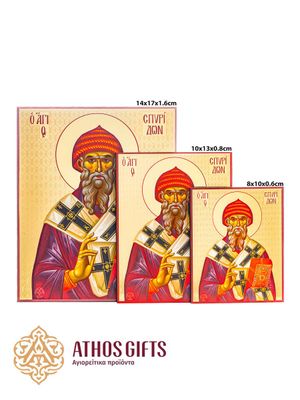Maximus the Confessor
A handmade icon made on natural wood with the use of traditional materials. Crafted with 22K gold leaves. Reproduction according to the museum print standards.
Maximus the Confessor
The Church venerates St. Maximus the Confessor as one of the greatest theologians and defender of Orthodoxy against the heresies of Monothelitism and Monoenergism. The feast day of Maximus the Confessor is August 13 in the Western Church and January 21 in the Byzantine Christianity.
He was born in Constantinople around A.D. 580 to noble and wealthy parents, which enabled him to receive a remarkable philological, philosophical, and theological education. Until 630, Maximus served as secretary to Emperor Heraclius (610-641), but then left public activity to take monastic tonsure. After this, the saint began a fierce struggle against heretics.
His acquired reputation and active theological activity bothered the imperial palace, which sought a political compromise with the heretics. By order of Emperor Constantius II (641-668), Maximus the Confessor was arrested and taken to Constantinople. His refusal to make any concessions in condemning Monothelitism led to his banishment to Thrace (655).
According to the synaxarians, during the period of exile the saint continued to defend his theological convictions, which resulted in his torture. His tongue and right hand were cut off so that he could not speak or write. A new exile to the Caucasus then followed, where he died on August 13, 662, at the age of 82.
The relics of Maximus the Confessor were buried in the monastery of St. Arsenius in Lazica (Egrisi). According to testimonies, every night a light emanated from the tomb, illuminating the surrounding area, serving as a divine sign of his holiness.
